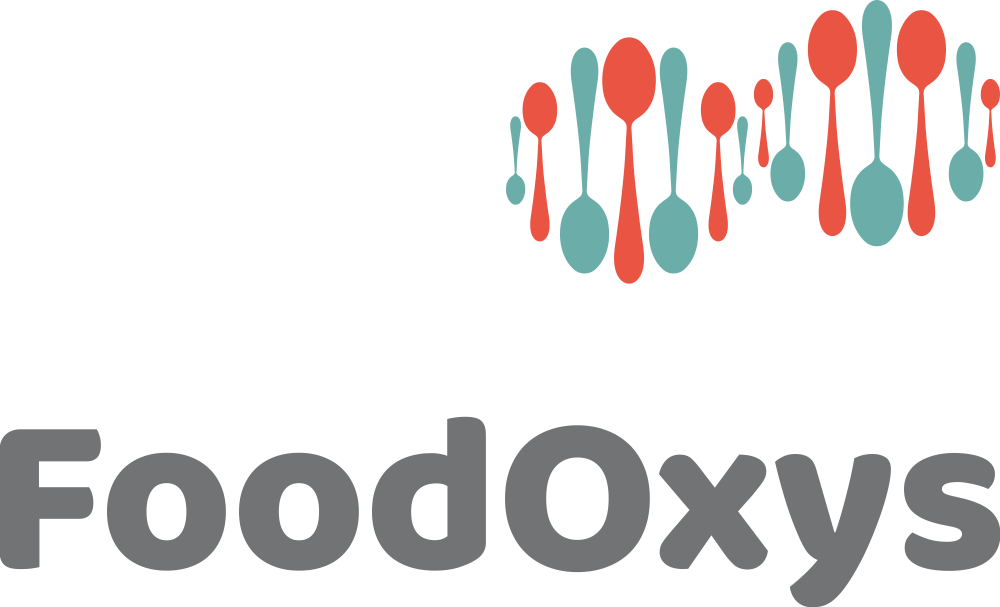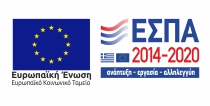
Measurement of human redox biomarkers
Evaluation of redox markers – Personalized nutrition
Determination of glutathione in a drop of capillary blood
A drop of capillary blood is collected from the finger for the determination of the levels of reduced glutathione (GSH), the most important antioxidant molecule of the human body. Based on the result, the examinee’s antioxidant needs are evaluated and personalized recommendations for the daily intake of particular amounts of antioxidant units and intermittent fasting are provided.
Basic evaluation of redox status for the creation of personalized nutrition plan
Whole blood is collected for the determination of three main markers associated with the proper functioning of the antioxidant mechanism. More specifically, the levels of reduced glutathione (GSH), the most important endogenous antioxidant molecule, and of thiobarbituric acid reactive substances (TBARS), an indicator of severe oxidative damage to lipids, are determined, as well as the activity of catalase (CAT), a critical antioxidant enzyme. Based on the results, the examinee’s antioxidant needs are evaluated and a personalized nutrition plan is created for the promotion of metabolic health.
Thorough evaluation of redox status for the creation of personalized nutrition plan
Whole blood is collected for the determination of nine markers associated with the proper functioning of the antioxidant mechanism. More specifically, the package includes:
- Evaluation of markers of antioxidant defense – Reduced Glutathione (GSH), Total Antioxidant Capacity (TAC), Reducing Power (RP).
- Evaluation of the activity of critical antioxidant enzymes – Catalase (CAT), superoxide dismutase (SOD), glutathione peroxidase (GPx), glutathione reductase (GR). These enzymatic mechanisms participate in the protection of cells against free radicals. Their determination provides important information on the expression of antioxidant, anti-aging, and anti-inflammatory genes.
- Evaluation of byproducts of oxidative damage – Thiobarbituric acid reactive substances (TBARS) and protein carbonyls (PCARBS). These markers are associated with lipid peroxidation and protein oxidation, respectively. The presence of high levels in the human body indicates the induction of oxidative stress.
Based on the above results, the examinee’s antioxidant needs are evaluated and a personalized nutrition plan is created for the promotion of metabolic health.







